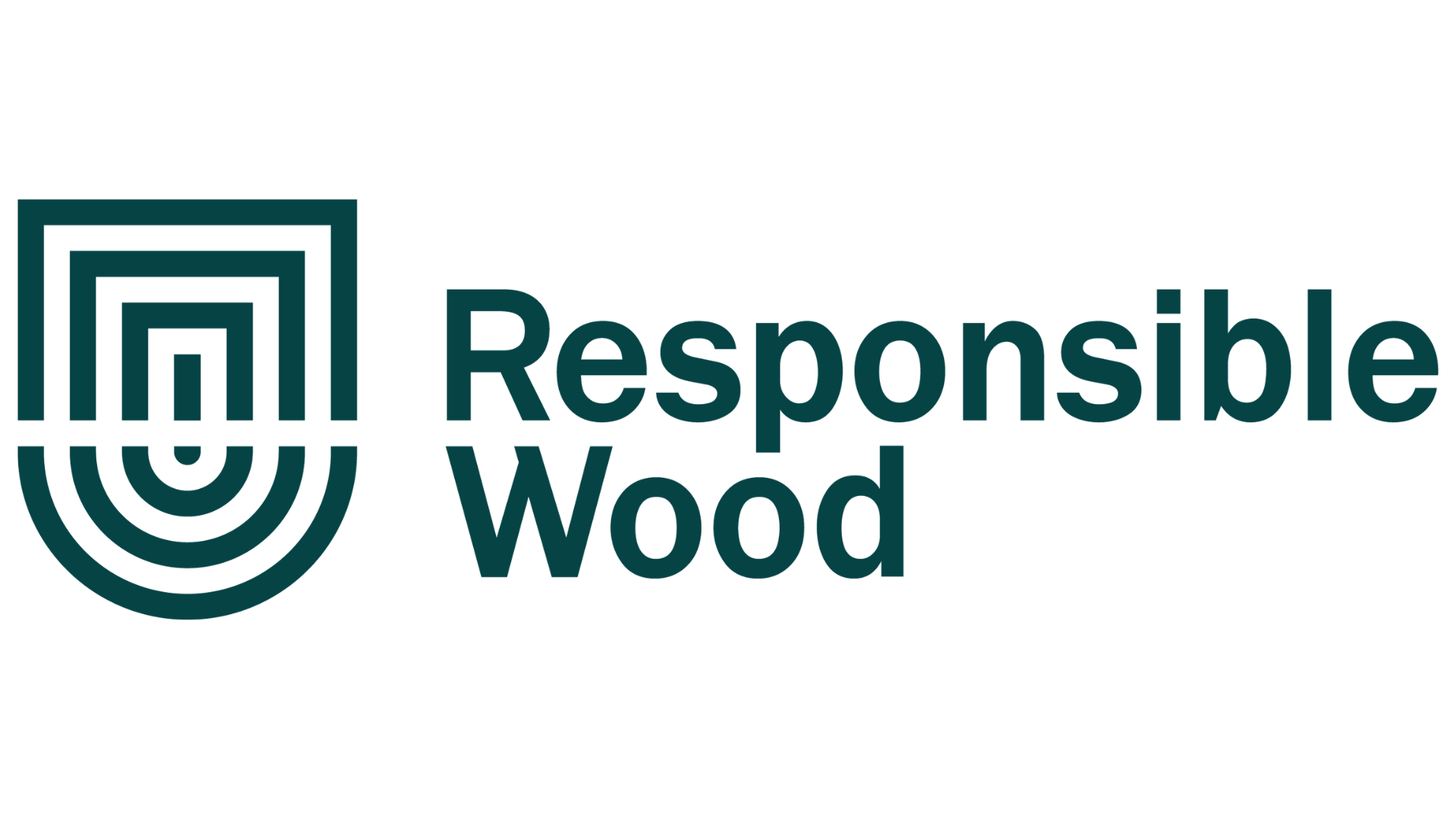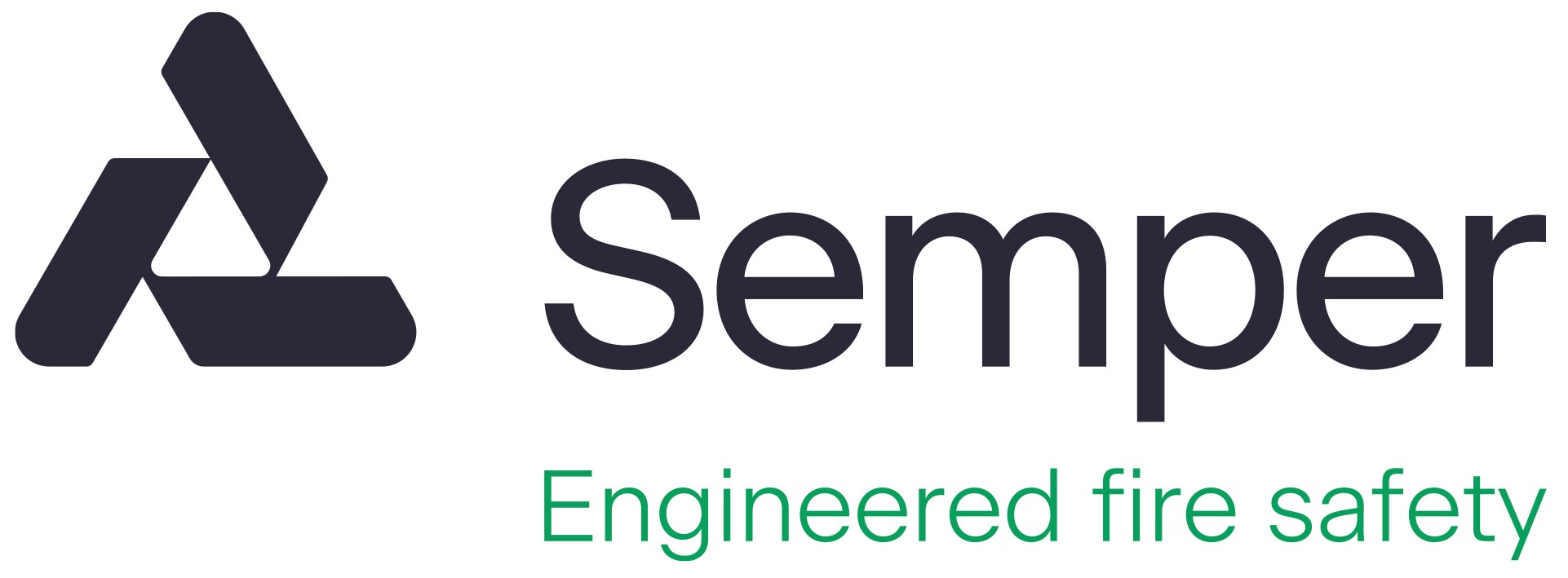New Hybrid Load Bearing System as an Incremental Step Towards the Adoption of Timber in Buildings
Project Description
This project aims to facilitate the introduction of Engineered Wood Products (EWP) to concrete and/or steel constructions, with details developed in collaboration with the project team as an incremental step of innovation that confidently increases the use of timber in our buildings and decarbonises our structures.
It specifically aims at understanding which type of hybrid system- e.g. vertical or horizontal solutions, connections and material (e.g., Steel/Timber, Concrete/Timber and Timber/Timber) systems is more relevant and versatile to be adopted by the Australian industry. Ultimately, after consultations with industry, the developed system intends to:
- is to be buildable,
- cost-effective,
- sustainable,
- structurally perform,
- fire safe,
- can be fast erected and
- comply in terms of acoustic and vibration.
There is currently no such widely adopted solution in Australia and are still questions to answer.
The project expects to identify and develop systems that can provide an incremental change in introducing timber in buildings. This project will maximise impact through working with a team of experts from different disciplines.
The main expected outcomes of this project are: identify which hybrid timber systems can be used in buildings, design the systems with a team of experts from different disciplines, and better understand the system through numerical- optimisation or sensitivity analyses, and physical testing.
SURVEY – Have your say: Topology Matrix
– please complete survey, see: https://tinyurl.com/5ay4h8xy
Objectives
- Organise a series of workshops and meetings led by the industry partner investigators with support/coordination from the academic chief investigators and project leaders to define constraints and identify suitable system/s.
- Perform a literature review led by the HDR student when they start using the outcomes of Objective #1.
- Perform optimisation or sensitivity analyses on the identified hybrid system/s, with the exact objective based on the outcomes of Objectives #1 and #2 and agreed with consultation the project partners. This objective aims to provide research-based evidence on the suitability of the system/s to be confidently used in buildings in markets subjected to changes in material prices, topology and labour costs for instance. This objective will be led by the HDR student.
- Build and test one identified system to assess its overall or partial structural, fire and vibration/acoustic performances. The structural tests will be led by the HDR student at GU, the vibration tests will be led by A/Prof Hassan Karampour (GU) and Mr Adam Faircloth (DPI) as part of Node 1.1, and the fire tests will be led by A/Prof David Lange (UQ) and Dr Anwar Orabi (UQ) as part of Node 1.4.
- Communicate results through publications and/or industry conferences.
Targeted industry focused outcomes
- Workshop and scoping studies: The reports from Objectives 1 and 2 will collaboratively identify system/s that can incrementally introduce timber into buildings. As the system/s would be identified with the industry partners, both from real cases projects and academic work, and the reports distributed to and endorsed by the industry partners, this will ensure that the work is relevant and valuable, providing return on investment.
- Desktop study: The report on the analyses performed to understand the sensitivity of the variables that go into design e.g. topology, fire, structure, embodied energy, and construction e.g. material price, labour cost etc., will provide research-based evidence on the suitability and limitations of the identified system/s to fulfil the overall objective of the project (i.e. confidently provide incremental changes in introducing timber buidings).
- Experimental testing: The report on the experimental tests performed on one system will provide further confidence to stakeholders on the suitability and limitations of the system to be used by the construction industry.
- Overall: The industry-orientated reports will provide reliable and available information on the identified system/s for the partners and their stakeholders to make informed decision on using the identified system/s.
- Guidelines: There is a strong intention to develop a WoodSolutions technical guide on the identified systems, providing information on when and where they can be confidentially used and their design philosophy.
- Industry-based PhD: One PhD candidate will be directly working with the industry partners with joint industry supervision. This will provide industry readiness training for the PhD candidate.
- Publications: A minimum of 3 publications are planned, with at least 2 co-authored with industry. Some of these publications will be cross-disciplinary between Engineering, Architecture and Construction.
- Public talks: There will be a minimum of one public talk by ARC Advanced Timber Hub and/or other organisations (such as Engineers Australia) which focuses on the outcomes of the project.
This project will deliver industry impact as an incremental step of innovation that will confidently increase the use of timber in buildings and help decarbonising our construction industry. Impact will be measured by:
- The selection of system/s which can provide the intended outcomes of incrementally increasing use of timber in construction.
- Evidence based understanding on the suitability of the system/s through sensitivity analyses and experimental testing.
- Industry partners offering the system/s to their clients and developers, as an alternative solution to traditional building methods.
- The potential development of a WoodSolutions technical guide on the identified system/s.
Objectives/Deliverables
- A report summarising the outcomes of the workshops on identified system/s that would be most suitable and versatile to incrementally introduce timber into buildings
- A report or journal article incorporating both real life cases and academic papers on hybrid timber systems.
- A report or journal article on the analyses performed on the identified system/s to provide research-based evidences on the suitability of the system/s to be confidently used in buildings in markets subjected to changes in material prices, building topology and labor costs for instance.
- A report or journal article on the structural, vibration and fire performance of the tested system
Project Leader/s
Benoit Gilbert
Chief Investigator; Project Leader
Griffith University
Hong Guan
Node Leader - Performance of Building Components; Executive Board Member
Griffith University
Project Staff
Research Assistant
Research Assistant Opportunity
HDR Candidate
Higher Degrees by Research Scholarship Opportunity
Project Investigators
Benoit Gilbert
Chief Investigator; Project Leader
Griffith University
Hong Guan
Node Leader - Performance of Building Components; Executive Board Member
Griffith University
Hassan Karampour
Chief Investigator; Project Leader
Griffith University
Shanmuganathan Gunalan
Chief Investigator
Griffith University
Anwar Orabi
Chief Investigator
The University of Queensland
David Lange
Project Leader; Chief Investigator
The University of Queensland
Johnny Ho
Chief Investigator
The University of Queensland
Toby Hodsdon
Partner Investigator; Steering Group Committee Chair
Arup
Carsten Moeller
Affiliate Investigator
Arup
Christopher Sims
Affiliate Investigator
Arup
David Barber
Affiliate Investigator
Arup
Ralph Belperio
Partner Investigator; Executive Board Member
Aurecon
Callum Lillywhite
Affiliate Investigator
Aurecon
Neil Logan
Partner Investigator
BVN Architecture
Chandan Kumar
Project Leader; Partner Investigator
Queensland Department of Primary Industries
Adam Faircloth
PhD Candidate & Affiliate Investigator
Queensland Department of Primary Industries
Simon Dorries
Partner Investigator
Responsible wood
Edwin Ayala
Affiliate Investigator
Semper
Hyungsuk (Thomas) Lim
Partner Investigator
University of Canterbury, Christchurch NZ
Hamid Valipour
Chief Investigator
University of New South Wales

